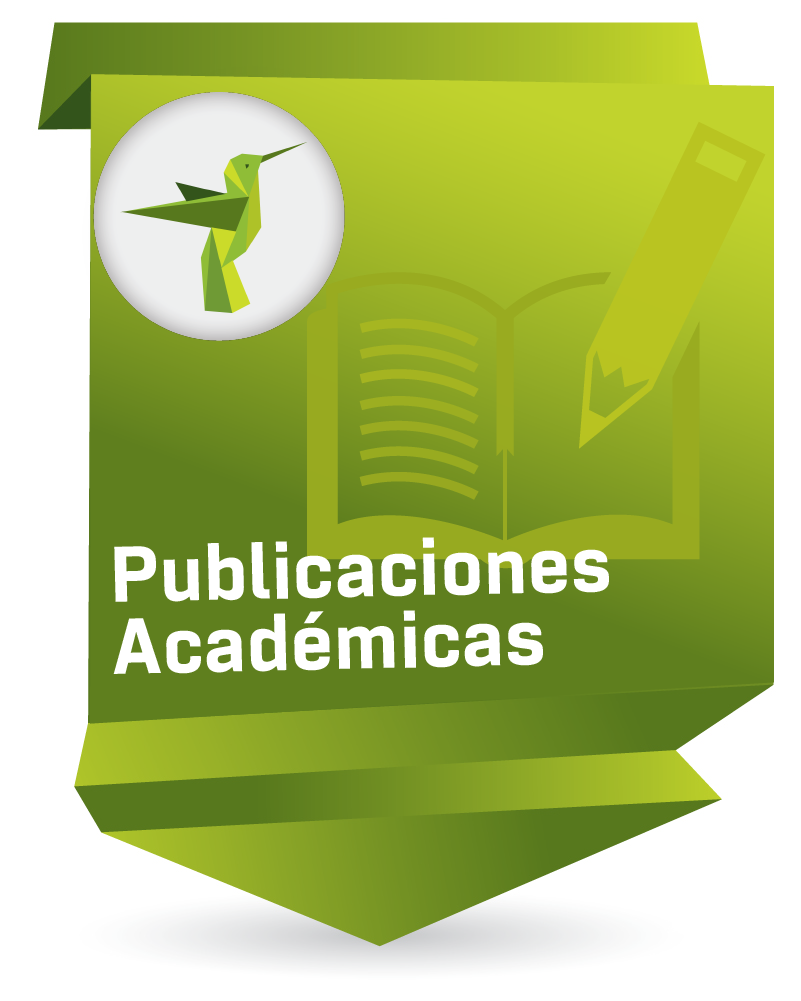Students’ Perceptions on the Use of Project-Based Learning in CLIL: Learning Outputs and Psycho-Affective Considerations
Percepciones de los estudiantes sobre el uso del aprendizaje basado en proyectos en AICLE: resultados del aprendizaje y consideraciones psicoafectivas

Enlaces del Item
URI: http://hdl.handle.net/10818/50856Visitar enlace: https://laclil.unisabana.edu.c ...
ISSN: 2011-6721
DOI: 10.5294/laclil.2021.14.1.3
Compartir
Estadísticas
Ver Estadísticas de usoCatalogación bibliográfica
Mostrar el registro completo del ítemFecha
2021Resumen
The Content and Language Integrated Learning (CLIL) approach has become one of the most frequent teaching options used as a pivotal element of bilingual programs. Over the last two decades, a lot has been written about its characteristics, its potential, and the methodological approaches that should be used to encourage such programs. Since the main objective of CLIL is to improve the use of the foreign language as a vehicle for communication by students when accessing and manipulating content matter, it seems evident that methodological strategies should be promoted to provide the opportunity to maximize the use of the language within the classroom. In this respect, project-based learning (PBL) is depicted, in principle, as an ideal proposal for CLIL, since its implementation will entail an increase in language management. Especially concerning the content, this will result in an improvement in students’ ability to perform more comfortably in school and, presumably, more effectively. Nevertheless, there might not be such a straightforward cause-effect relationship and, therefore, it is necessary to dig deeper into the real impact of using PBL. This study is aimed at analyzing its influence from the students’ point of view, to drill down on their feelings and behavior towards PBL and how they tackle and solve the arising challenges. Results have shown interesting information about their views on the benefits of working by projects but also some concerns regarding the use of this teaching and learning model.
Palabras clave
Ubicación
LACLIL, 14(1), 69–98
















